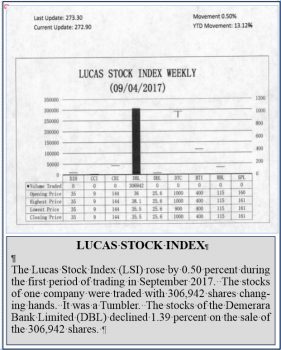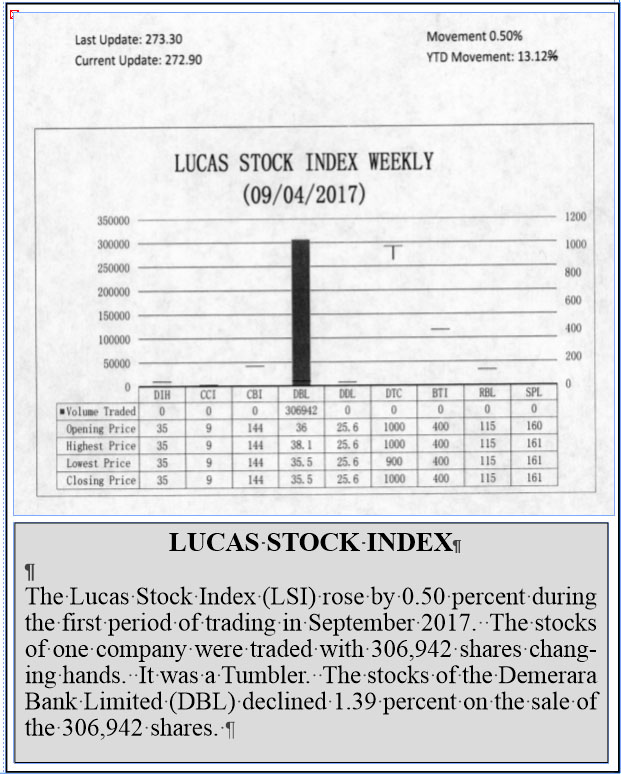Reflecting on Rostow’s stages of economic growth, one realizes that economic development starts with agriculture. The traditional society in Rostow’s theory was primarily agricultural. If one accepts the logic of Rostow’s thinking on the economic evolution of societies, then one notices that agriculture was rather conspicuous in at least two of his later stages of growth, namely the pre-conditions for take-off and even the phase of take-off itself. But when one looks at large and advanced economies like those of the USA, France and Germany, which could be placed at the end stage of Rostow’s theory, they never abandoned their agricultural sector. Instead, they did things to strengthen it and where domestic markets had become saturated or were too small to support the technological expansion of agriculture, they sought foreign markets. Advanced countries used a complex of policies to support agricultural expansion, but one that has riled the international community was the use of export subsidies with impunity to satisfy domestic objectives. Today, before many countries could advance to the take-off stage of Rostow’s theory, the use of export subsidies in agriculture is being disallowed. This article examines some issues surrounding the elimination of export subsidies.
Ambivalent
The question of export subsidies has never sat well in the realm of international trade. Very early on in the life of the General Agreement on Tariffs and Trade (GATT), export subsidies for non-agricultural products were eliminated by countries that used them. But subsidies on agricultural exports remained unaddressed and became a thorn in the flesh of many losing producers of such products. Many developing countries are agriculturally oriented but have been very ambivalent about the removal of export subsidies. The debate therefore has been largely among developed countries and developing countries which are well into Rostow’s take-off stage of development. There are good and bad things associated with export subsidies depending on which side of the fence one sits. In the aggregate, export subsidies are thought to be extremely harmful to world trade and global welfare. They have survived a long time, but the end might be in sight. Many see export subsidies as a relic of mercantilism which sought to protect state interests.
Export subsidies
Export subsidies refer to the granting of support by governments to some beneficiary entity or entities to achieve some type of export objective. Export subsidies can take many forms. They can take the form of direct payments to a firm, industry, producers of an agricultural product, a cooperative society or to a marketing board in order to achieve some type of export performance. In addition to direct payments of cash, export subsidies could include low cost export loans, rebates on imported raw materials and tax benefits such as duty-free imports of manufacturing equipment. Export subsidies can also take the form of government financed marketing. These are often thought of as service subsidies and include cost reduction measure for things like trade promotions, the provision of trade information, and assistance with feasibility studies. It appears as if almost anything that has the capability of helping a country to gain an advantage in export markets is considered an export subsidy. Even internal transport subsidies linked to the export of produce are disallowed. Most subsidies discussed in the context of the World Trade Organization (WTO) are in the area of agriculture.
The practice of using export subsidies was most prevalent among the developed countries, even though a few high-income developing countries have been associated with substantial use of the policy. For a number of years, the governments of these countries, including the United States and the countries of the European Union, subsidized their exports of agricultural products. Initially, these subsidies were implemented to aid domestic producers/farmers in areas where agricultural production costs were high. Countries are often concerned about food security, the ability to produce enough food to meet the country’s internal needs and demands at all times. They needed to keep farm production buoyant which meant ensuring that farmers stayed on the farms and were not discouraged by adverse weather conditions and low prices. Several countries therefore instituted programmes to support their farmers by finding ways of keeping prices at acceptable levels. They did this by either restricting supply or stimulating demand for their produce.
Support for farmers
The support for farmers would not have been a problem if it did not have spillover effects into the international economy. Countries used floor prices to trigger government support for farmers. For example, when agricultural prices fell below a certain level, the government purchased the excess supply and put it in storage. That move helped to bring some equilibrium to the domestic market by smoothing out supply and demand. It was discovered however that storage capacity was often insufficient to accommodate the excess supply that governments had undertaken to purchase. Instead of constantly building extra storage capacity, countries tried to overcome their surplus problem by exporting the excess produce. It helped governments also to reduce the need to buy the surplus. This was one of the contexts in which export subsidies emerged and was seen as having a distorting effect on international trade.
There are 25 countries with very active export subsidy programmes which came under scrutiny in negotiations in the WTO. Among the biggest users of export subsidies were the European Union and the United States of America. The EU used its Common Agricultural Policy (CAP) while the US used the Export Enhancement Programme (EEP) to articulate and implement export subsidies. Export subsidies allowed exporters to gain market share without bringing the efficiencies that should accompany such growth in market share. In the case of the European Union, it was able to put downward pressure on world markets for several products. Some commentators suggest that it was the EU programme that caused the US to introduce its Export Enhancement Programme which provided support to US exporters of certain agricultural products. While export subsidies hurt one part of the developing world, it had a beneficial effect in other parts. Export subsidies lowered the cost of food imports for food-importing developing countries.
 Most developing countries were not major users of export subsidies and were rather ambivalent of its discontinuation for a variety of reasons. Exporters of certain agricultural products to the EU were content to let export subsidies continue as long as they benefited from special prices for their exports. A significant reason for the ambivalence among developing countries was attached to the impact that the removal of the subsidy would have on food-importing developing countries. Nonetheless, developing countries agreed to limit the use of export subsidies and might have even pledged not to use them if they had not started. Even with that commitment, developing countries are expected to discontinue the use of export subsidies by 2018.
Most developing countries were not major users of export subsidies and were rather ambivalent of its discontinuation for a variety of reasons. Exporters of certain agricultural products to the EU were content to let export subsidies continue as long as they benefited from special prices for their exports. A significant reason for the ambivalence among developing countries was attached to the impact that the removal of the subsidy would have on food-importing developing countries. Nonetheless, developing countries agreed to limit the use of export subsidies and might have even pledged not to use them if they had not started. Even with that commitment, developing countries are expected to discontinue the use of export subsidies by 2018.
Protests and objections
The protests and objections about export subsidies used by developed countries forced many countries to agree at the WTO Ministerial meeting in 2015 to take action and eradicate the agricultural export subsidies programme and establish equivalent disciplines on export measures. This accomplishment was hailed as levelling the playing field for all farmers around the world. This decision was effective immediately for developed countries, but developing countries were given until 2018 to eliminate agricultural export subsidies with the exception of cotton which subsidy had to be eliminated by January 2017. Australia reported earlier this year that it had eliminated farm export subsidies from its WTO schedule. However, although agricultural export subsidies have been abolished, there are other agricultural support policies that still create hindrances and trade distortions that affect developing countries.











